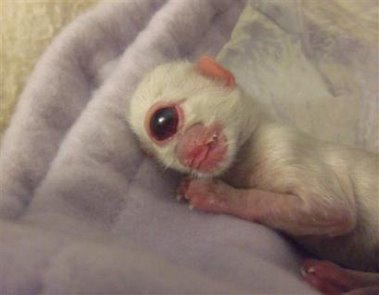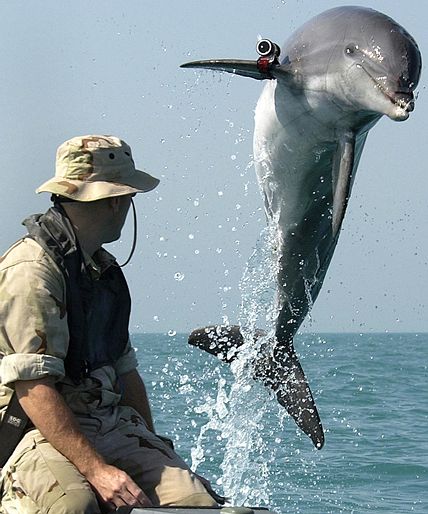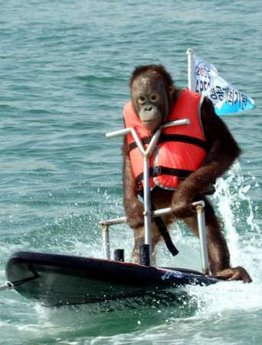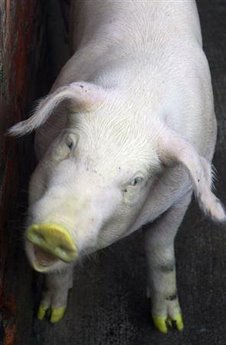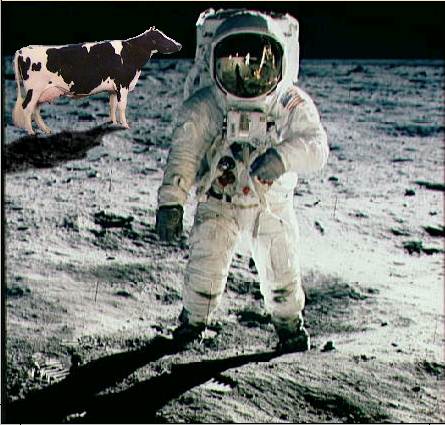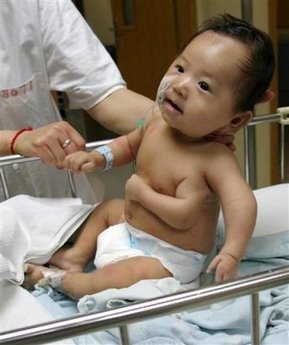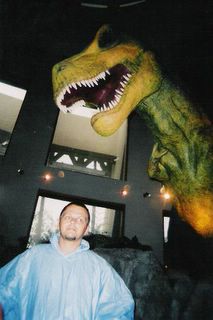 Reworking The Simpsons for the Arab WorldMade in America, Assembled in Egypt, Al-Shamshoons Is a Culturally Adapted Version from The Daily Star
Reworking The Simpsons for the Arab WorldMade in America, Assembled in Egypt, Al-Shamshoons Is a Culturally Adapted Version from The Daily StarCAIRO: As with any family moving to the Arab world from the West,
The Simpsons quickly discovered they'd need to make some adaptations to their lives if they were to connect with the natives. First, they would change their names - the family now called Al-Shamshoons; the father, once Homer, now goes by Omar; his mischievous son Bart, now Badr.
There

would be fundamental changes to their lifestyles as well. Omar, once a fan of tossing back a few beers with friends, now goes to the club or the ahwa (coffee shop) and sips on sodas and juice. Donuts have been replaced by kakh (Arabic cookies); bacon is done away with altogether as it is against Islam; and the kids, once a rowdy bunch of conniving delinquents, are still just as cunning but mind their manners with their parents a bit more.
Brought to life by creator Matt Groening and the FOX network,
The Simpsons, over the last decade, would take the United States and later the world by storm. The show, in a way, prompted an animation revolution - with idiosyncratic expressions such as "Doh!" recently added to the English dictionary. In sharp contrast to cartoons already airing at the time,
The Simpsons targeted teenagers, with its sophisticated, often controversial and risque antics.
Just before Ramadan, Arab satellite network MBC won exclusive rights to air an Arabic-dubbed version of the show, slightly adapting story lines to suit Arab audiences. Dubbing western cartoons is by no means a new trend. Disney cartoons have been dubbed for years, though their storylines are generally better suited for younger audiences. Still as dysfunctional as their U.S. counterparts, MBC's creative team looked to maintain
Al-Shamshoons plots nearly identical to that of the original,

subtly changing references that may be deemed inappropriate.
"In the Arab world, life does not revolve around bars," Costandi points out.
"Sure we have a night life, but alcohol is not really part of the daily scene in Egypt, Lebanon or anywhere else. So, we do not stress on what Homer is drinking. If he is drinking beer in the original, in ours, we let him drink something else, or even we don't say what he is drinking."
Currently, the network has only scheduled to run
Al-Shamshoons daily through the month of Ramadan. However, Costandi says the apparent success of the dubbed program has encouraged executives to continue showing the program after the holy month. As with their decision to run Arabized-reality television shows and game shows modeled after American programs, MBC also intends to repeat the process with other Western programs that would be suitable for this age group.

The original
Simpsons was famed for introducing younger audiences to controversial subjects, such as homosexuality and racism. Should MBC decide to continue airing the series, it will have to make some major decisions about the storylines it will keep and those it will do away with.







 had died, but he kept her e-mail account open and checked it regularly to see if she had any messages from far-flung friends or acquaintances who didn't know she had passed away.
had died, but he kept her e-mail account open and checked it regularly to see if she had any messages from far-flung friends or acquaintances who didn't know she had passed away.




 it be easier to test her theories if she could be certain that her subjects' memories were not real? She and her adviser, Harvard psychologist Richard McNally, placed a newspaper ad that asked, "Have you been abducted by aliens?" It took less than a day for callers to fill her voice mail.
it be easier to test her theories if she could be certain that her subjects' memories were not real? She and her adviser, Harvard psychologist Richard McNally, placed a newspaper ad that asked, "Have you been abducted by aliens?" It took less than a day for callers to fill her voice mail.



 would be fundamental changes to their lifestyles as well. Omar, once a fan of tossing back a few beers with friends, now goes to the club or the ahwa (coffee shop) and sips on sodas and juice. Donuts have been replaced by kakh (Arabic cookies); bacon is done away with altogether as it is against Islam; and the kids, once a rowdy bunch of conniving delinquents, are still just as cunning but mind their manners with their parents a bit more.
would be fundamental changes to their lifestyles as well. Omar, once a fan of tossing back a few beers with friends, now goes to the club or the ahwa (coffee shop) and sips on sodas and juice. Donuts have been replaced by kakh (Arabic cookies); bacon is done away with altogether as it is against Islam; and the kids, once a rowdy bunch of conniving delinquents, are still just as cunning but mind their manners with their parents a bit more.  subtly changing references that may be deemed inappropriate.
subtly changing references that may be deemed inappropriate. 



 >whoever she chooses will endure the ultimate identity crisis. Siemionow wants to attempt a face transplant.
>whoever she chooses will endure the ultimate identity crisis. Siemionow wants to attempt a face transplant. such wounds can be "life by 1,000 cuts." Patients endure dozens of operations to graft skin inch by inch from their backs, arms, buttocks and legs. Only small amounts can be taken at a time because of bleeding.
such wounds can be "life by 1,000 cuts." Patients endure dozens of operations to graft skin inch by inch from their backs, arms, buttocks and legs. Only small amounts can be taken at a time because of bleeding. Carson Strong at the University of Tennessee wonders, too. "It would leave the patient with an extensive facial wound with potentially serious physical and psychological consequences," he wrote last summer in the American Journal of Bioethics.
Carson Strong at the University of Tennessee wonders, too. "It would leave the patient with an extensive facial wound with potentially serious physical and psychological consequences," he wrote last summer in the American Journal of Bioethics.


 creator Alan Ball is developing a new HBO series based on Charlaine Harris' Southern Vampire book series, according to The Hollywood Reporter. The project is the first under Ball's two-year deal with HBO to develop new original programming, the trade paper reported. HBO has ordered an hourlong pilot to be written and directed by Ball.
creator Alan Ball is developing a new HBO series based on Charlaine Harris' Southern Vampire book series, according to The Hollywood Reporter. The project is the first under Ball's two-year deal with HBO to develop new original programming, the trade paper reported. HBO has ordered an hourlong pilot to be written and directed by Ball. 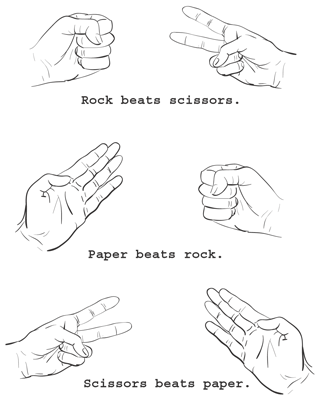 .It takes skill to be a champion. It takes mental prowess to be a champion. Andrew Bergel is a champion and his skills are world-class. Bergel has been named the World Champion of the game Rock, Paper, Scissors.
.It takes skill to be a champion. It takes mental prowess to be a champion. Andrew Bergel is a champion and his skills are world-class. Bergel has been named the World Champion of the game Rock, Paper, Scissors. have created a molecule that walks on two feet when it feels hot.
have created a molecule that walks on two feet when it feels hot.
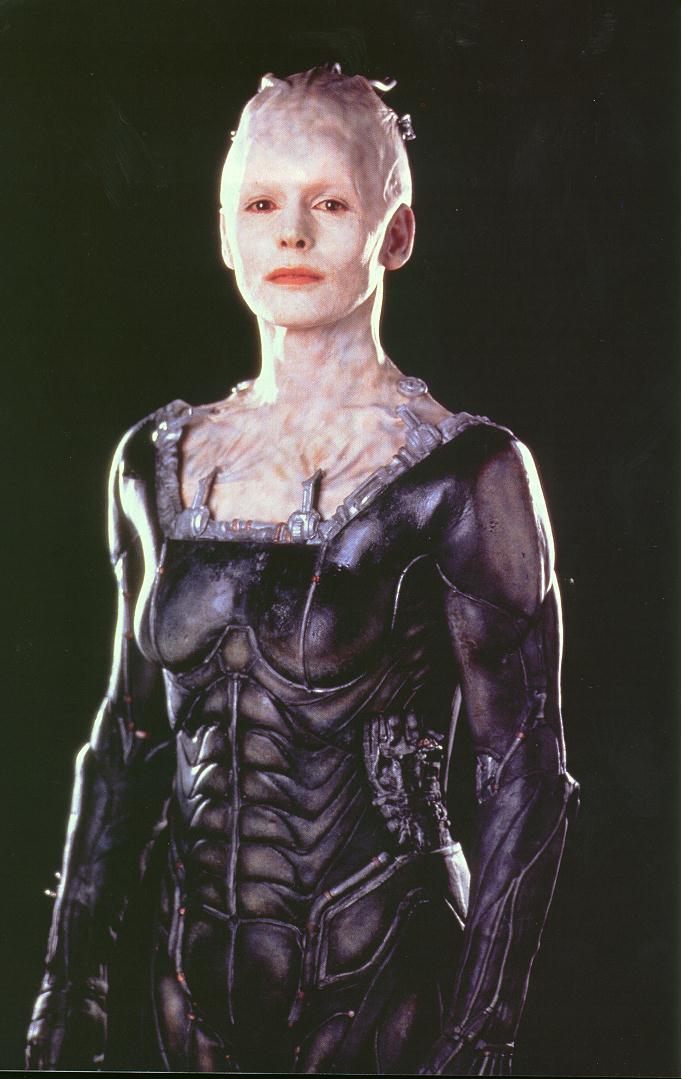 merging microbe and machine for the first time, scientists have created gold-plated bacteria that can sense humidity.
merging microbe and machine for the first time, scientists have created gold-plated bacteria that can sense humidity.



 3.
3.  robots designed by University of Nebraska researchers may allow doctors on Earth to help perform surgery on patients in space.
robots designed by University of Nebraska researchers may allow doctors on Earth to help perform surgery on patients in space.  the robots could enable surgeons in other places to work on injured soldiers on the front line, said Shane Farritor, a university engineering professor who helped design them.
the robots could enable surgeons in other places to work on injured soldiers on the front line, said Shane Farritor, a university engineering professor who helped design them. - The red and cuddly Sesame Street Muppet Elmo has learned a new lesson: 'H' is for handcuffs.
- The red and cuddly Sesame Street Muppet Elmo has learned a new lesson: 'H' is for handcuffs.  BioSuit, a form-fitting "second skin," designed for lunar and Martian living.
BioSuit, a form-fitting "second skin," designed for lunar and Martian living.

 About 80 props - from Princess Leia's white dress to Darth Vader's mask and R2-D2 - sprawl over 10,000 square feet in the museum.
About 80 props - from Princess Leia's white dress to Darth Vader's mask and R2-D2 - sprawl over 10,000 square feet in the museum.
 Mystery surrounds the discovery of a giant pawprint in Bollington which was spotted by walkers just hours before a sheep was mauled to death.
Mystery surrounds the discovery of a giant pawprint in Bollington which was spotted by walkers just hours before a sheep was mauled to death. Dog expert and Macclesfield Express columnist Vic Barlow who studied a picture of the pawprint thought it may belong to a very big dog: "I doubt it is a cat as it is the wrong shape and size. My bet would be a German Shepherd, a Great Dane, a French Mastiff, or a hoax."
Dog expert and Macclesfield Express columnist Vic Barlow who studied a picture of the pawprint thought it may belong to a very big dog: "I doubt it is a cat as it is the wrong shape and size. My bet would be a German Shepherd, a Great Dane, a French Mastiff, or a hoax." Dartmoor farmer who found six of his
Dartmoor farmer who found six of his 
 Catholic theologian who serves as vicar-general in the Diocese of Pistoia near Florence, Italy. Frosini denounced the holiday as a "manifestation of neo-paganism" and an expression of American cultural supremacy. "Pumpkins show their emptiness," he said.
Catholic theologian who serves as vicar-general in the Diocese of Pistoia near Florence, Italy. Frosini denounced the holiday as a "manifestation of neo-paganism" and an expression of American cultural supremacy. "Pumpkins show their emptiness," he said.

 what the Great Conjunction is. 'What's the Great Conjunction?'
what the Great Conjunction is. 'What's the Great Conjunction?' 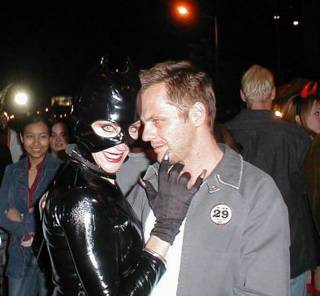





 A Is for Androids
A Is for Androids B Is for Boba
B Is for Boba C Is for Calvin
C Is for Calvin D Is for Dragons
D Is for Dragons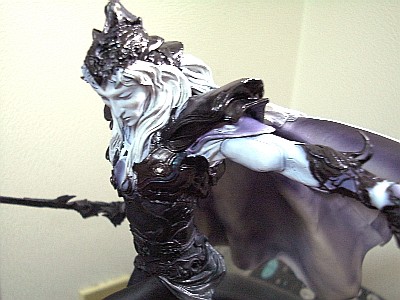 E Is for Elric
E Is for Elric F Is for Futures
F Is for Futures G Is for Genie
G Is for Genie H Is for Hobbits
H Is for Hobbits I Is for Iceman
I Is for Iceman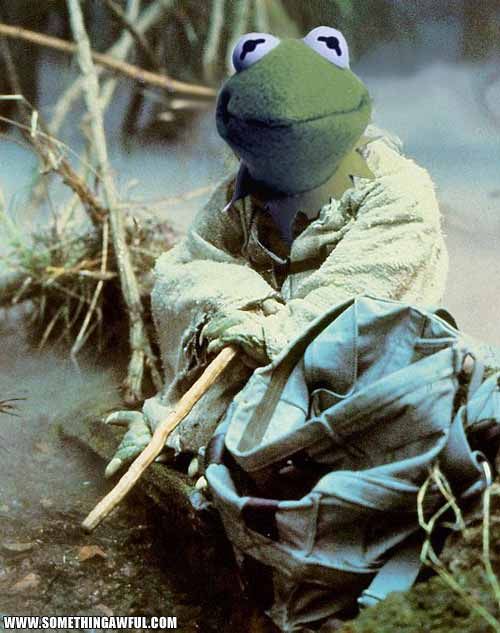 J Is for Jedi
J Is for Jedi K Is for Kraken
K Is for Kraken










